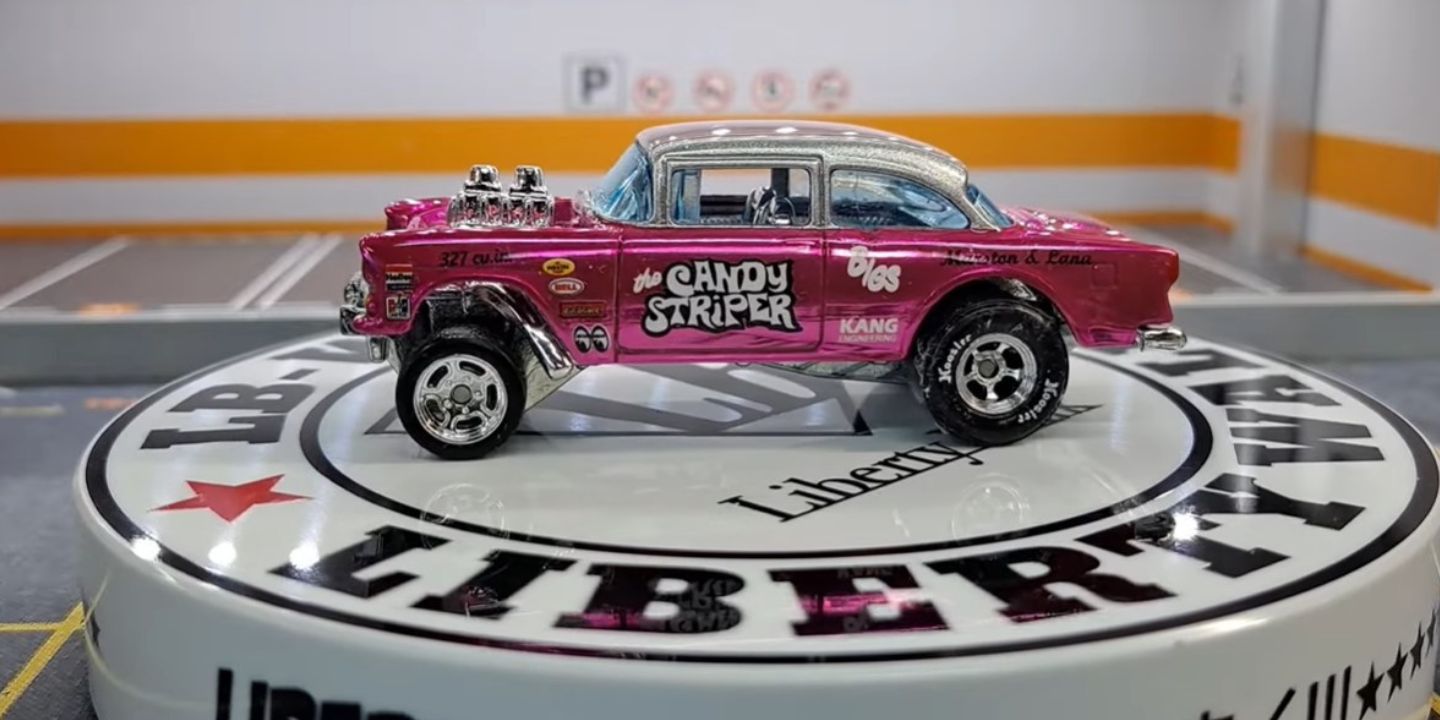Running On Empty
Somehow, they've got glossy showrooms, sleek commercials, and cars that actually move—but profits? Those are basically on vacation. These automakers—albeit innovative and teeming with potential—have, for one reason or another, struggled to attain a high degree of profit as of late. So, let's take a look at 20 car companies that are all horsepower but hardly make profits.
1. Canoo
Canoo keeps promising big things—modular EVs, futuristic vans—but struggles to deliver where it counts: revenue. Operating losses keep piling up, and production delays haven’t helped. Despite flashy prototypes and high hopes, this startup’s financial engine is sputtering far behind its more stable EV competitors.
2. ElectraMeccanica
ElectraMeccanica banked on its single-seat Solo EV, turning heads and changing commutes, but consumer interest stalled fast. Now pulling out of U.S. operations, the company’s profitability dreams seem to be vanishing in the rearview mirror.
3. Polestar
Polestar rides on sleek design and Volvo’s credibility, yet its balance sheet tells a different story. Heavy investments in tech and expansion outpace returns, leaving profits elusive. Even with growing deliveries, break-even remains a distant milestone for this stylish but shaky electric contender.
4. Arrival
Arrival entered the EV scene with bold ambitions—revolutionizing commercial transport using microfactories. Reality hit hard. Production setbacks, leadership shakeups, and dwindling cash reserves pushed it to the brink. Hence, the company struggles to move past prototypes and into anything resembling a profitable future.
5. Sono Motors
Sono Motors grabbed attention with its solar-powered Sion, but turning sunshine into profit proved trickier than expected. Eventually, the company scrapped the Sion entirely, pivoting to B2B solar tech in a desperate bid to stay afloat.
6. Bollinger Motors
Bollinger Motors launched with serious off-road EV ambitions, targeting a niche market with its boxy utility trucks. Later, constant delays, limited funding, and a narrow customer base left the company stuck in neutral, struggling to generate revenue or real momentum.
7. Aptera Motors
No one expected a disruptor to age so quickly. Aptera Motors champions ultra-efficient, solar-powered three-wheelers, aiming to redefine what a car can be. Without mass manufacturing or steady income, Aptera remains a visionary brand that is still searching for financial daylight.
 Chris Anthony, CEO, Aptera Motors Corp. on Wikimedia
Chris Anthony, CEO, Aptera Motors Corp. on Wikimedia
8. Lightyear
Lightyear dazzled the world with its solar-powered sedan, the Lightyear 0, promising long-range driving powered partly by the sun. The catch? Sky-high costs and limited production killed momentum fast. After halting the flagship model, the company is now still chasing profitability.
9. Arcimoto
This one rolled out its quirky three-wheeled Fun Utility Vehicles with hopes of converting urban transport. Sales, however, have lagged far behind projections. Constant cash crunches, executive shakeups, and production halts have further plagued its journey.
 Sharon Hahn Darlin on Wikimedia
Sharon Hahn Darlin on Wikimedia
10. Xpeng
Xpeng’s infotainment flair and aggressive pricing created a buzz, but the brand often feels like it’s trying too hard to impress. It throws in tech for tech’s sake—voice assistants, gesture controls—yet misses the basics like ride comfort and durability.
 JustAnotherCarDesigner on Wikimedia
JustAnotherCarDesigner on Wikimedia
11. Mitsubishi Motors
Outdated tech and half-hearted design updates have plagued Mitsubishi’s recent lineups. The charm of old Lancer Evos couldn’t carry forward, and models like the Mirage failed to wow new-age drivers. It's tough staying relevant when your cars feel like flashbacks.
12. Mullen Automotive
Excitement built around Mullen’s concept reveals and teaser campaigns. Production realities told another story. Assembly timelines shifted frequently, leaving fans and investors uncertain. Lastly, brand momentum fades when delivery turns abstract.
13. Lucid Motors
The design speaks luxury fluently at Lucid. Interiors showcase innovation, materials feel bespoke, and brand ambition remains sky-high. Still, early missteps in rollout timing and limited availability weigh down profits. The luxury space offers room to shine—only when operations catch pace.
14. Rivian
Outdoor branding, sustainable touches, and electric trucks gave Rivian a bold edge. Real-world hurdles like supply chain slowdowns and scaling pains created friction. EV trucks excite on paper, though manufacturing consistency often determines who stays long-term in the segment.
15. VinFast
Vietnam’s VinFast entered international markets with conviction. Initial feedback highlighted clunky finishes and steep learning curves. Global audiences proved harder to impress than expected. Speedy launches captured attention, yet refinement and quality control created hurdles.
16. Nikola
Early hype promised hydrogen-powered freight solutions. As deadlines slipped and headlines turned critical, Nikola’s reputation took repeated hits. Concepts showed potential, though deliverables lagged behind. The technology still inspires optimism—only when it materializes beyond showroom prototypes.
17. Workhorse
Aiming to electrify America’s mail trucks, Workhorse nearly landed an amazing contract. When that deal evaporated, so did much of its momentum. Development slowed, cash reserves shrank, and ambitions collided with manufacturing roadblocks.
18. Lordstown Motors
Lordstown wanted to become the pride of Ohio’s EV future. The Endurance pickup teased durability and work-ready performance, yet production stalled almost immediately. After multiple setbacks, including leadership exits and financial struggles, the company’s profitability journey veered off course.
 The White House from Washington, DC on Wikimedia
The White House from Washington, DC on Wikimedia
19. Faraday Future
Faraday Future made waves with its sleek, futuristic FF 91. Launch dates kept shifting, and each press release felt like déjà vu. The product dazzles on paper, though consumer deliveries remain scarce. Talk of innovation dominated headlines—results have yet to roll off the line.
20. Fisker Inc.
Fisker’s Ocean made a splash with bold styling and sustainability promises. Delays in distribution, supplier issues, and limited marketing presence kept the model from taking full advantage of its early buzz. A great comeback needs flawless timing.
























